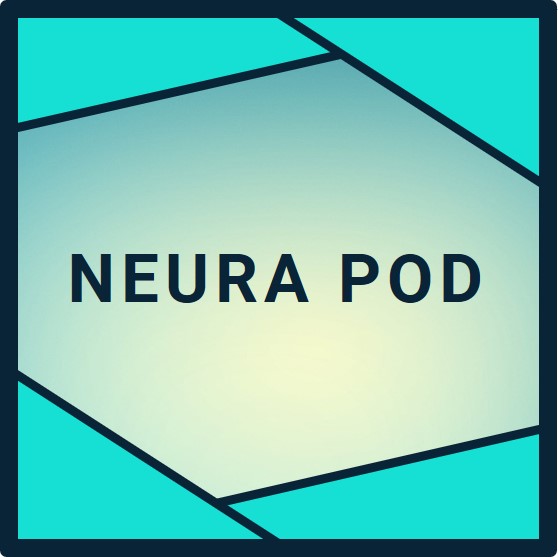- Noland Arbaugh received the first Neuralink brain implant on January 28, 2024, marking the start of human trials for the company's brain-computer interface technology.
- A 30-year-old quadriplegic from Texas, Arbaugh became paralyzed from the shoulders down after a 2016 diving accident that severed his spinal cord.
- With the implant, Arbaugh now controls computers, plays video games like chess, and designs 3D models using only his thoughts, regaining digital independence.
Noland Arbaugh's Journey to Becoming Neuralink's First Patient
Noland Arbaugh, born in 1993 or 1994, led an active life before a tragic accident altered his path. In 2016, while attempting a flip into a lake during college, he misjudged the depth, struck the bottom, and suffered a C4-C5 spinal cord injury. This left him quadriplegic, unable to move from the shoulders down and reliant on caregivers for daily tasks. Arbaugh, a former athlete and gamer from Texas, spent years adapting, using eye-tracking software for basic computer access. But limitations persisted—he could not be left alone for more than 30 minutes without assistance.
By 2023, Arbaugh saw hope in Neuralink's advancements. Elon Musk's company had secured FDA clearance for its PRIME study, targeting people with quadriplegia from spinal cord injuries or ALS. Arbaugh applied through Neuralink's patient registry, underwent rigorous screening, and was selected as the inaugural participant. His motivation: restore purpose and autonomy. "I didn't have anything to wake up for in the morning," he later shared. This choice positioned him at the forefront of brain-computer interface technology.
The Groundbreaking Surgery and Initial Recovery
On January 28, 2024, surgeons at Barrow Neurological Institute in Phoenix, Arizona, performed the world's first Neuralink human implantation. The procedure used Neuralink's R1 surgical robot to create a small skull opening and insert 1,024 electrodes across 64 ultra-thin, flexible threads into Arbaugh's brain. These threads detect neural signals, which the coin-sized N1 implant—fully wireless and rechargeable—transmits via Bluetooth to external devices.
Arbaugh recovered quickly, with Neuralink confirming "promising neuron spike detection" days later. By early February, he demonstrated cursor control on a computer screen purely by thinking. Elon Musk shared updates on X, noting the patient's smooth progress. The implant, which Arbaugh named "Eve," integrated seamlessly, allowing immediate thought-based interactions. This milestone validated years of animal testing and positioned Neuralink ahead in the field.
Transformative Capabilities Unlocked by the Implant
Arbaugh's post-implant life showcases Neuralink's potential. Within weeks, he played online chess, browsed the internet, and streamed content independently. By May 2024, he achieved eight bits per second in cursor control—surpassing early competitors. Videos from Neuralink captured him multitasking: adjusting music volume, scrolling feeds, and gaming effortlessly.
One year in, February 2025 updates revealed sustained performance. Arbaugh designed 3D objects, conducted video calls without help, and even controlled smart home devices. Despite an early thread retraction issue—resolved via software updates—his functionality reached 85% of initial levels. By August 2025, 18 months post-surgery, Arbaugh returned to school, launched a business, and described his life as "completely changed." He now multitasks constantly, free from physical constraints.
Overcoming Challenges and Contributing to Neuralink's Advances
No pioneering technology avoids hurdles. In spring 2024, some threads retracted, reducing electrode count from 1,024 to about 400. Arbaugh feared removal but stayed committed after software tweaks restored most capabilities. Neuralink's over-the-air updates proved key, eliminating the need for further surgery.
Arbaugh's data has refined algorithms for all patients. As "Participant 1," he provides feedback via Neuralink's app, aiding speech decoding and robotic control developments. His X account (@ModdedQuad) shares raw experiences, inspiring applicants. Elon Musk praised him as a "pioneer," crediting his input for Telepathy product's evolution.
Elon Musk's Leadership and Broader Implications
Elon Musk's vision drives Neuralink: high-bandwidth brain interfaces to restore autonomy and eventually enhance cognition. Arbaugh embodies this—his success accelerates PRIME study's expansion to dozens more participants across the U.S., U.K., Canada, and UAE by late 2025. FDA Breakthrough Designations for speech and vision restoration signal faster approvals.
Looking ahead, Arbaugh eyes physical restoration via spinal implants. His story underscores Neuralink's patient-centered approach, with revocable consents and privacy safeguards. As trials scale, Arbaugh remains a beacon, proving safe, effective neurotechnology can transform lives.
TL;DR
Noland Arbaugh made history as the first human to receive a Neuralink brain implant on January 28, 2024, after a 2016 diving accident left him quadriplegic. Implanted at Barrow Neurological Institute, he now controls computers, games, and designs with thoughts alone—18 months later, he's back in school and building a business. Elon Musk's Neuralink PRIME study leverages his data for rapid advancements, with global trials underway. This pioneer proves brain-computer interfaces deliver real independence, paving the way for millions facing paralysis.

